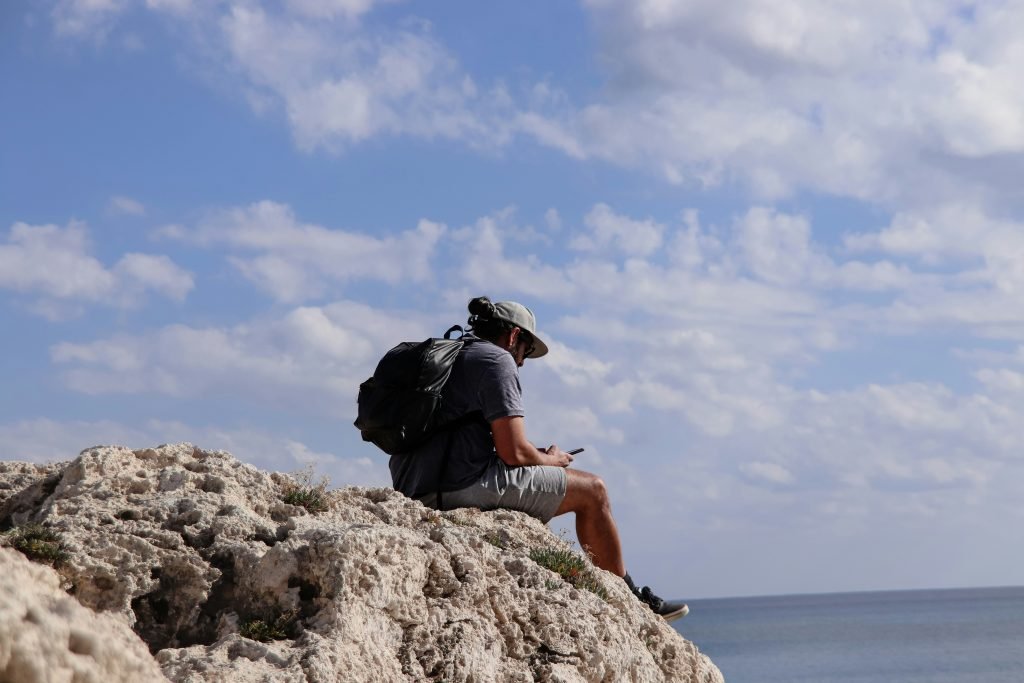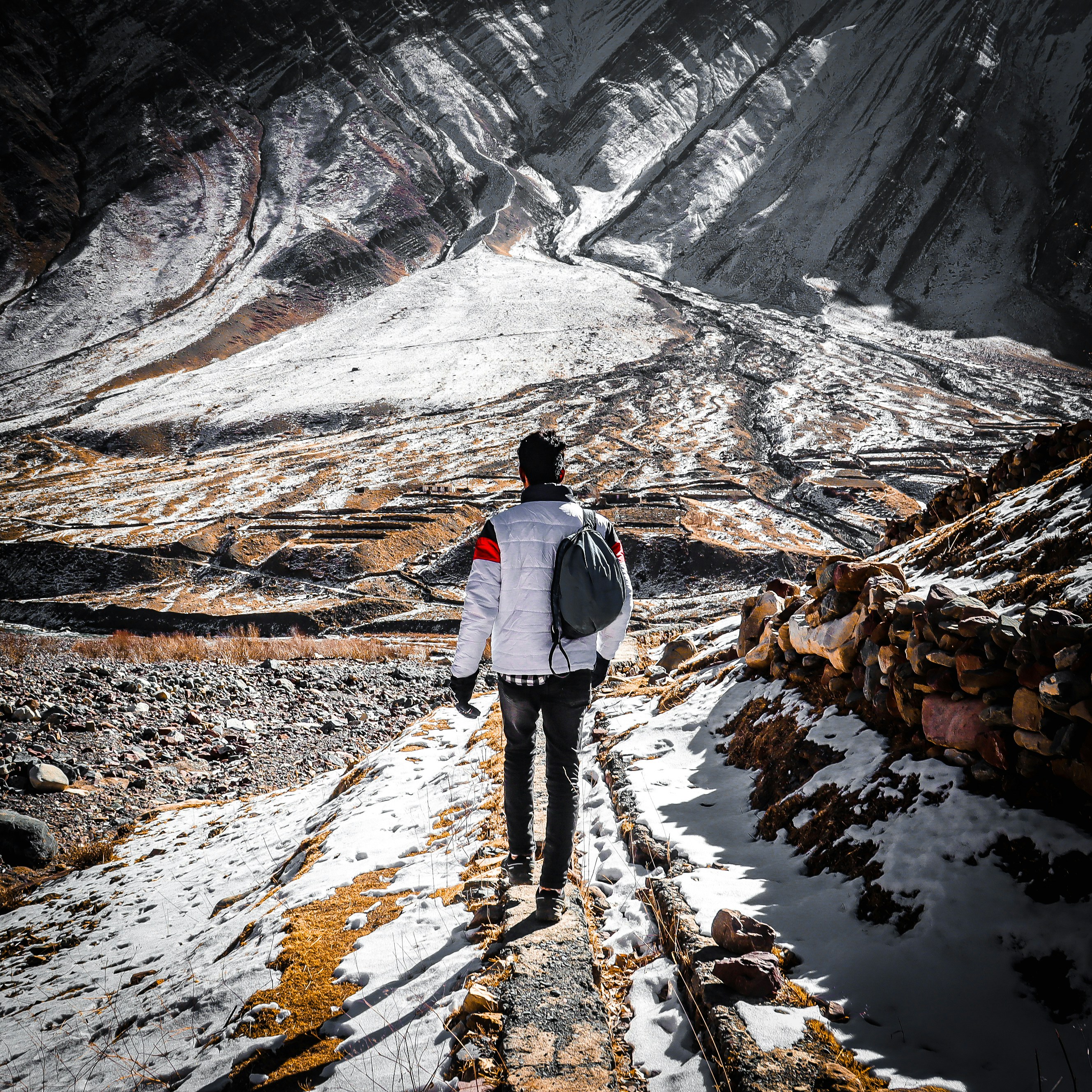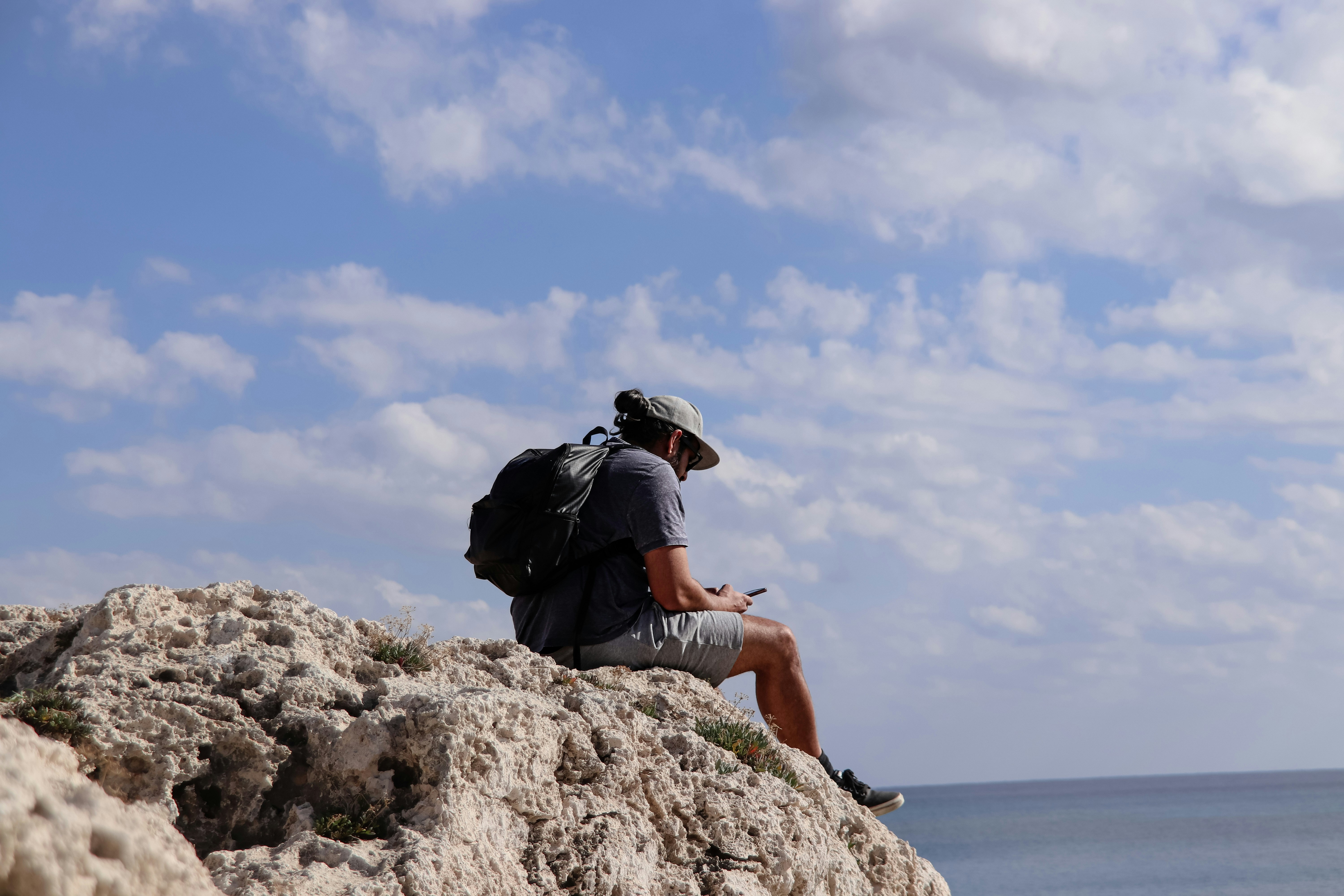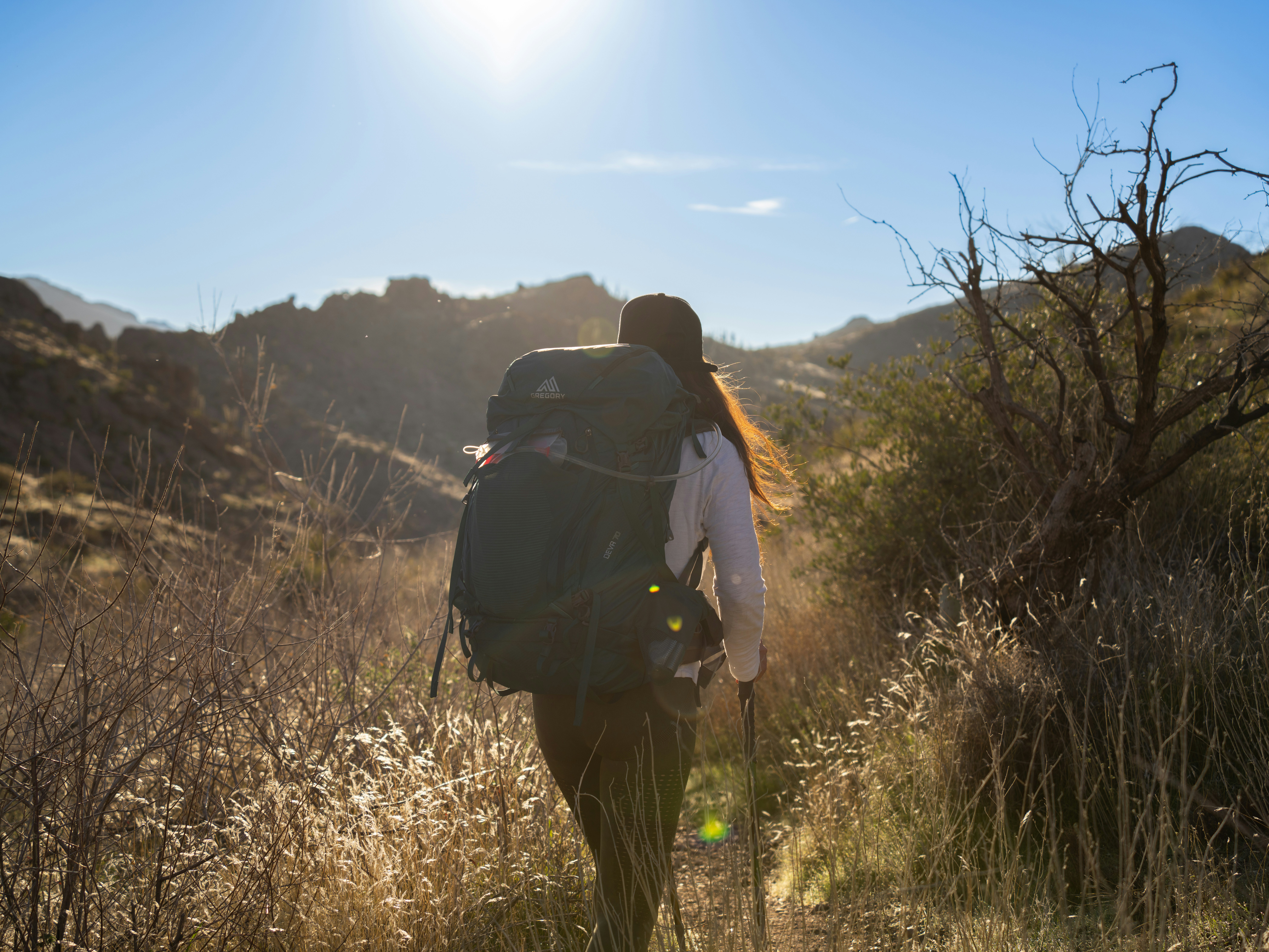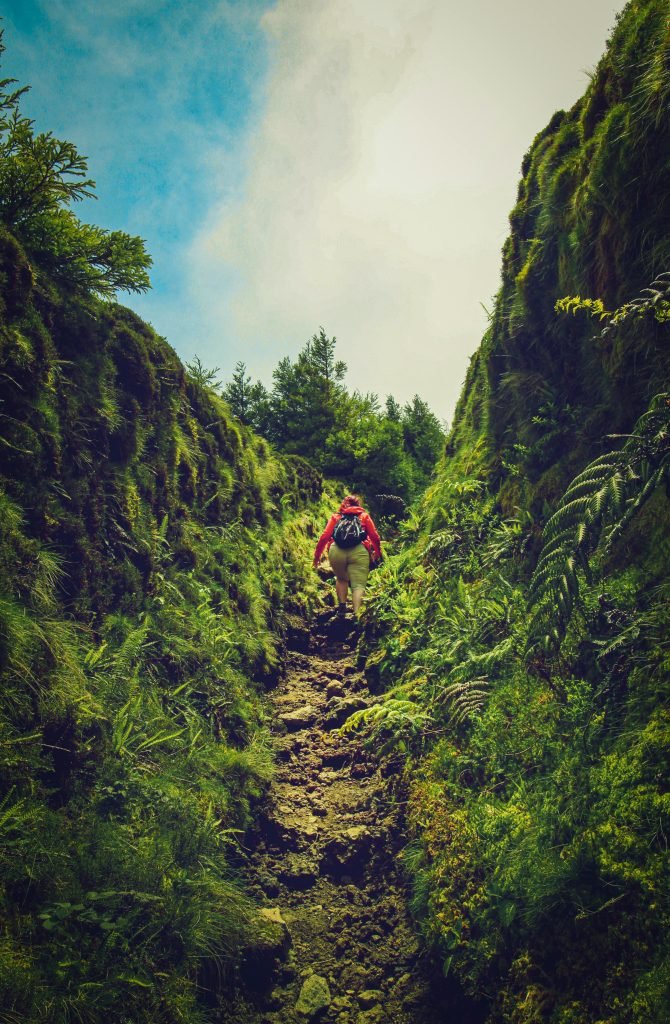Have you ever wondered what kinds of outdoor backpacks are out there and which one would be best for your adventures? Choosing the right backpack can greatly enhance your outdoor experiences, whether you’re hiking, camping, or traveling. Let’s take a closer look at the various types of outdoor backpacks available, their features, and what makes each one unique.
Daypacks
Daypacks are compact and lightweight backpacks designed for short trips, often lasting a day or less. They typically range from 15 to 30 liters in capacity, making them ideal for carrying the essentials without weighing you down. These packs are generally used for day hikes, short bike rides, and city tours.
Key Features
- Lightweight: Most daypacks are made with lightweight materials that make them easy to carry all day.
- Comfortable Straps: They often come with padded shoulder straps and back panels to ensure comfort.
- Organization: Many daypacks have multiple compartments, making it easier for you to organize gear like water bottles, snacks, and extra clothing.
Hydration Packs
Hydration packs are small backpacks designed primarily to carry water and provide easy access to hydration on the go. They usually have a built-in bladder (a flexible water reservoir) and a hose for sipping water hands-free, making them perfect for running, biking, or hiking.
Key Features
- Convenience: The hose allows you to hydrate without stopping, keeping your hands free.
- Compact Design: These packs are lightweight, usually weighing less than a pound.
- Minimal Storage: While space for gear is limited, you can often fit essentials like keys, snacks, or a phone.
This image is property of images.unsplash.com.
Overnight Backpacks
If you’re planning an overnight camping trip, an overnight backpack is just what you need. These backpacks typically range in capacity from 30 to 50 liters, striking a balance between carrying enough gear for a night away while still remaining manageable on your back.
Key Features
- Duration: Designed for one or two-night trips, they allow you to pack your tent, sleeping gear, and food.
- Support: Many overnight backpacks come with a more robust suspension system for better weight distribution.
- External Storage: They often have additional pockets and straps for gear like a sleeping bag or trekking poles.
Multi-Day Backpacks
For extended trips lasting several days, a multi-day backpack is your best option. These backpacks generally range from 50 to 70 liters and are designed to hold all your gear, including cooking equipment, food, shelter, and clothing.
Key Features
- Increased Volume: The extra space allows you to fit everything you need for long adventures.
- Comfort: Equipped with advanced suspension systems, these backpacks offer more support for carrying heavier loads.
- Regulation: Some models include features such as adjustable torso lengths to accommodate different body types.
This image is property of images.unsplash.com.
Technical Backpacks
Technical backpacks are specialized packs made for specific activities like climbing, skiing, or mountaineering. They often include features tailored to the needs of the sport while prioritizing functionality and safety.
Key Features
- Activity-Specific: Designed with gear-specific compartments (e.g., gear loops for climbing gear or insulated pockets for hydration systems).
- Durability: Made from tough materials to withstand rugged conditions and heavy use.
- Lightweight: Focus on keeping weight down while maximizing utility.
Travel Backpacks
If you’re looking for a versatile and stylish option for international trips, consider travel backpacks. These backpacks often blend the convenience of a standard backpack with travel-specific features, making it easy to navigate airports or streets.
Key Features
- Accessibility: Many come with clamshell openings that provide easy access to your belongings.
- Security: Some models include lockable zippers and hidden compartments to keep your valuables safe.
- Variety of Styles: You can find both stylish and practical designs, suitable for any type of travel.
This image is property of images.unsplash.com.
Camera Backpacks
Photography enthusiasts will appreciate camera backpacks, designed specifically to protect your camera gear while on the move. These backpacks often include padded compartments and customizable inserts.
Key Features
- Protection: Thick padding and dividers keep your gear secure and shielded from impacts.
- Convenience: Many packs allow you to access your camera gear quickly, even while wearing the backpack.
- Additional Space: They usually have extra compartments for personal items like water bottles and snacks.
Kid’s Backpacks
When taking your little ones on outdoor adventures, kid-specific backpacks are designed to be comfortable and functional while accommodating their smaller frame. These backpacks usually have fun designs that appeal to children.
Key Features
- Fun Designs: Colorful graphics and themes that kids love.
- Lightweight: Generally made with lighter materials for easy carrying.
- Size Options: Ranging from small daypacks to larger ones for family camping trips.
Hiking Backpacks
Hiking backpacks are versatile and come in various sizes and styles to fit different types of hikes and personal preferences. Whether you’re going on a day hike or a week-long trek, there’s a hiking backpack tailored for your needs.
Key Features
- Ventilation: Many hiking packs feature ventilation systems to keep your back cool and dry.
- Suspension Systems: Advanced systems aid in weight distribution, making it easier to carry heavy loads.
- Gear Compatibility: Many packs have external attachment points for trekking poles or sleeping pads.
Fishing Backpacks
For those who enjoy fishing, specialized fishing backpacks are designed to hold all your tackle and gear. These packs usually come with multiple compartments and are often made with water-resistant materials.
Key Features
- Utility: Many feature tackle boxes or compartments specifically designed for gear organization.
- Comfort: Adjustable straps and padded backs are common to ensure comfort during long fishing excursions.
- Accessibility: Some designs allow you to access your gear without removing the backpack entirely.
Ski and Snowboard Backpacks
If you’re an avid skier or snowboarder, these backpacks are intended to carry your gear and essentials during your snowy adventures. They often have features designed for easy gear access and additional safety.
Key Features
- Ski/Snowboard Carrying Systems: Most packs come with straps or systems for securely holding skis or a snowboard.
- Durability: Made from materials that can withstand harsh winter conditions.
- Hydration Systems: Some include hydration reservoirs, so you can stay hydrated during your thrilling runs.
Mountaineering Backpacks
For serious climbers and mountaineers, these backpacks are built for extreme conditions and designed to carry significant amounts of gear while maintaining a clean, streamlined profile. They usually range from 40 to 60 liters.
Key Features
- Minimalist Design: Focuses on functionality without unnecessary weight.
- Climbing Features: Many include reinforced areas for gear attachments and pockets for tools.
- Weather Resistance: Often made from durable and weather-resistant materials to protect gear.
Ultralight Backpacks
If minimizing weight is your top priority, ultralight backpacks offer a featherweight alternative suitable for through-hikers and minimalist adventurers. These packs typically range from 40 liters and below.
Key Features
- Lightweight Materials: Constructed from specialized fabrics that minimize weight while maintaining strength.
- Simplicity: Often designed with fewer features, focusing on basic storage needs.
- Compact: Many can be compressed down for easy packing when not in use.
Youth Backpacks
Much like kid’s backpacks, youth backpacks are designed with older children and teenagers in mind. They focus on comfort and style, integrating the features of adult backpacks but in more manageable sizes.
Key Features
- Adjustable Straps: To accommodate growing children.
- Trendy Designs: Often come in youthful designs and colors, appealing to a teenager’s taste.
- Functional Features: Many have compartments for school supplies or athletic gear, making them versatile.
Choosing the Right Backpack for Your Adventure
Selecting the right backpack largely depends on your planned activities and personal preferences. Consider the following elements before making your purchase:
Purpose
Think about how you plan to use the backpack. Are you going for a day hike, an overnight camping trip, or an extensive travel adventure? Identifying the purpose will help narrow your options.
Capacity
The backpack’s capacity (measured in liters) is essential. Smaller packs (15-30 liters) are great for day trips, while larger packs (50-70 liters) are necessary for multi-day expeditions.
Fit and Comfort
The right fit is crucial for comfort during long hikes or trips. Look for adjustable straps and back systems that suit your body type.
Features
Determine what additional features are important to you, such as hydration systems, extra pockets, or gear loops.
Weight
With several options available, remember that the weight of the backpack matters. Lightweight options reduce the load on your back, making for a more enjoyable experience.
Conclusion
Understanding the different types of outdoor backpacks can significantly impact your comfort and convenience during various adventures. By considering your activity, duration, and personal preferences, you’ll be better equipped to choose the right backpack for your next journey. With the right backpack by your side, outdoor adventures can become more enjoyable, organized, and fun. Whatever your choice, you’ll be all set to conquer new trails, explore beautiful landscapes, and create lasting memories on your travels!

